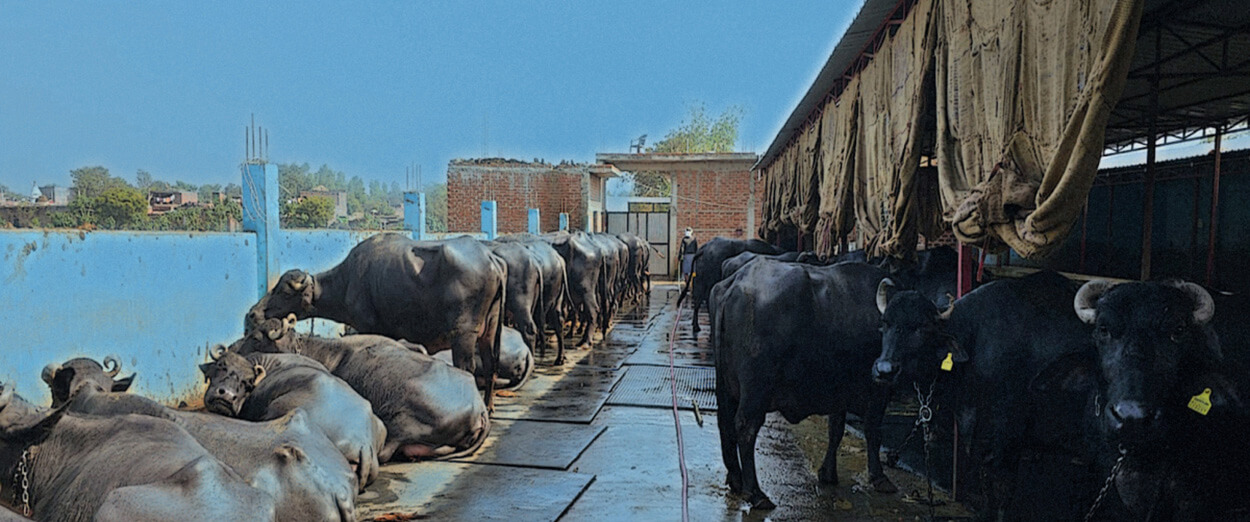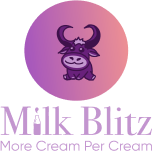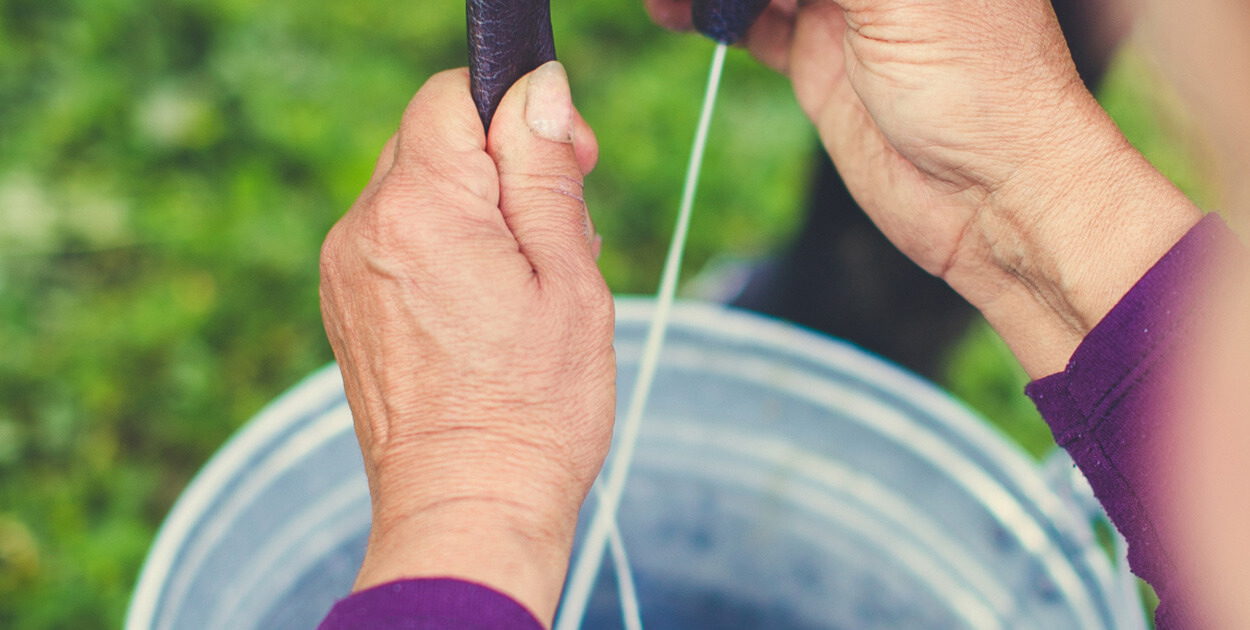The hand-milking versus machine-milking debate is the dairy version of tradition meets the future. But let’s be clear – while the size of your farm pretty much determines the kind of milking system you use, at the heart of the debate is the question, which system is better?
To arrive at the answer, ask yourself this: which system is all about keeping the cows and buffaloes as happy as can be?
For a cow or buffalo to be milked, its brain must release a hormone called oxytocin into the blood stream. The hormone triggers a phenomenon called ‘letdown’, the release of milk from the milk-producing glands in the udder, into the teats. Oxytocin is released by the suckling action of a calf, or any behavior that mimics it, such as hand-milking. When done correctly, hand-milking can be very relaxing for the animal, a mood necessary for the release of oxytocin.
Amazingly, the release of this critical hormone can also become a learned response, that is, it can be triggered by anything that reminds the animal of the ‘happy experience of being milked’. Hence the sight of the milker walking towards it, or being walked to the milk parlour, assuming that milking has been a pleasant experience, can also cause the animal to release its milk.
Cows and buffaloes are sensitive to stress, and anything that triggers a stress response in the animal will block the release of oxytocin. Alternatively, the animal releases stress hormones such as adrenalin or cortisol into the bloodstream.
Research reveals that cows and buffaloes are happier being milked by hand as it strengthens the age-old human-animal bond.
In India, professional milkers of the Gowala community play an important role, not only in society but also on dairy farms. They start the milking ritual by sanitising their hands before they wash the cow’s udder and teats.
Next, they oil the teats, so that the milking action does not cause friction and soreness. This pleasant experience also triggers the release of oxytocin.The milker then squirts three to five streams of ‘foremilk’ into a cup before they start the actual milking process.
Studies have shown that machine milking tends to be stressful for the animals. The sight of a rotary milking system can be daunting, causing the animal to withhold its milk. Moreover, machines can result in overmilking and teat-end trauma if not operated properly. Excessive vacuum pressure, leaving milking units on too long, failure to disinfect units between animals, and detaching the unit with the vacuum still present are some ways in which machine milking can be harmful to the animal. Mechanised milking systems are also expensive, apart from consuming a significant amount of electricity. They need plenty of water to be cleaned or else the milk will spoil.

Large, industrial-scale dairy farms have no choice but to use these mechanised systems as there wouldn’t be enough hands to milk the animals. Micro-dairies, on the other hand, are ideally suited to hand-milking as these farms raise only a limited number of animals, each one being nurtured with love and care.
At the end of the day, a happy buffalo yields happy milk, the best kind of milk you can drink!







